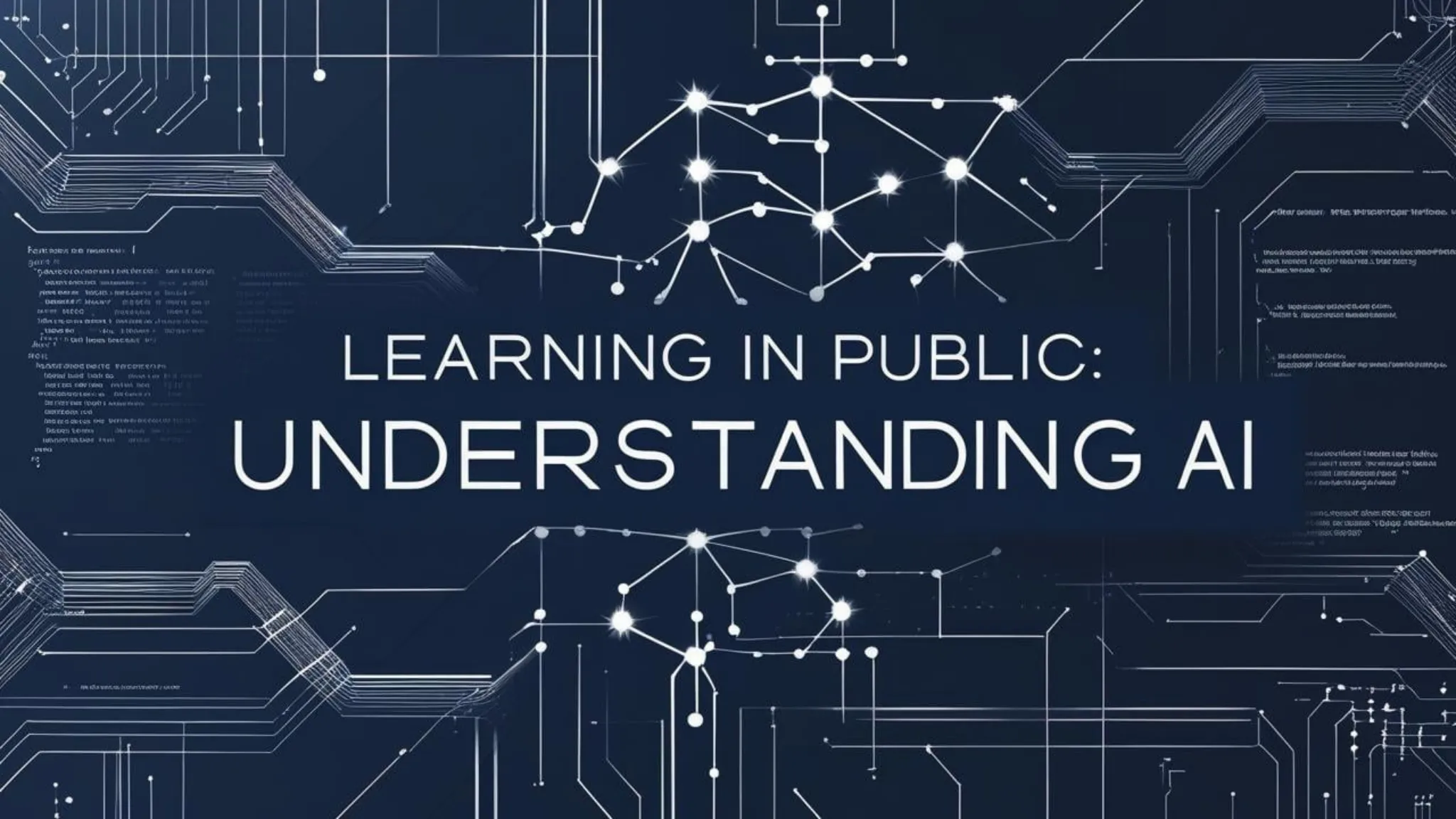After spending a week diving deep into AI fundamentals as a practicing software engineer, I’m ready to share what I’ve learned - and more importantly, what I’ve unlearned about this technology that’s reshaping our industry.
The Biggest Surprise: AI is Both More and Less Than I Expected
Coming from 10+ years in software engineering at MLB, I thought I had a decent grasp on AI. I was wrong in interesting ways.
More than expected: The sophistication of pattern recognition and the genuine problem-solving capabilities blew me away. When I tested ChatGPT and Claude on actual engineering problems - code reviews, documentation, architectural decisions - the quality of assistance was legitimately impressive. These aren’t just fancy autocomplete tools.
Less than expected: The hype bubble is real. AI isn’t magic, and it’s not going to replace engineers anytime soon. It’s a powerful tool that follows predictable patterns, has clear limitations, and requires thoughtful human guidance to be truly useful.
What AI Actually Is (From an Engineer’s POV)
After working through the fundamentals, here’s how I now think about AI:
It’s sophisticated pattern matching at scale. Machine learning models are essentially very complex pattern recognition systems that can identify relationships in data that would be impossible for humans to process manually. Think of it as having an incredibly fast, tireless analyst who can spot patterns across massive datasets.
It’s probabilistic, not deterministic. Unlike traditional programming where input X reliably produces output Y, AI models work with probabilities. They’re making educated guesses based on training data. This is why they can be both surprisingly insightful and frustratingly inconsistent.
It’s a tool, not a replacement. The most valuable AI applications I’ve seen augment human capabilities rather than replace them. The best code review comes from AI suggestions + engineer judgment. The best documentation comes from AI drafts + human refinement.
Where AI Fits in My Engineering Workflow (Today)
After testing various tools this week, here’s what’s actually useful right now:
Code Review & Documentation: AI excels at catching common issues and generating first-draft documentation. It’s like having a junior developer who never gets tired and has read every Stack Overflow answer.
Problem Solving & Research: When I’m stuck on an architectural decision or trying to understand a new technology, AI tools can provide structured thinking and multiple perspectives quickly.
Learning Acceleration: This might be the biggest win. AI can explain complex concepts at exactly the right level, provide examples in my preferred programming languages, and adapt explanations based on my background.
The Engineering Mindset Applied to AI
One thing that struck me this week: the same principles that make good engineers also apply to working with AI:
Test Everything: Don’t trust AI outputs blindly. Verify, validate, and understand what you’re implementing.
Understand the System: Learn how these models work at a conceptual level. You don’t need a PhD in machine learning, but understanding training data, prompting, and limitations makes you vastly more effective.
Start Simple: The most impressive AI applications often solve straightforward problems really well, rather than trying to tackle everything at once.
What I’m Watching For
As someone who’s lived through multiple technology waves in software engineering, here’s what I’m keeping an eye on:
Integration Depth: How deeply will AI become integrated into development environments, testing frameworks, and deployment pipelines? The tooling is evolving rapidly.
Skills Evolution: Which engineering skills become more valuable, and which become less critical? Early indicators suggest system design, prompt engineering, and AI model evaluation are growth areas.
Practical Applications: Beyond chatbots and code generation, where will AI create genuinely transformative value in software engineering? I’m particularly interested in testing, monitoring, and performance optimization applications.
Week 2 Focus: Getting Hands-On
This week gave me the conceptual foundation. Next week, I’m diving into practical application:
- Building my first AI-powered tool
- Advanced prompt engineering techniques
- Testing AI integration in actual development workflows
The goal isn’t to become an AI researcher - it’s to become an engineer who can leverage AI effectively to build better software faster.
One Key Takeaway
If you’re an engineer who’s been putting off learning about AI because it seems overly complex or overly hyped, here’s my advice: it’s neither. It’s a powerful, practical tool that requires the same systematic approach we use for any new technology.
Start with understanding what it actually does, test it on real problems, and gradually integrate it where it adds genuine value. Don’t try to revolutionize everything at once.
The future of software engineering will definitely include AI, but it will still require human engineers who understand both the technology and the problems we’re solving.
This is Day 6 of my AI learning journey. Following along? I’d love to hear about your own experiences integrating AI into engineering work. What’s working? What’s not? What questions are you still wrestling with?
